Since his first feature film I pugni in tasca (1962), Italian director Marco Bellocchio has traveled through almost six decades of cinema and Italian history, demonstrating a creative vitality and fruitful maturity that have prevented him from settling into the formal and ideological achievements so characteristic of his filmography. If in the recent Il traditore (2019), which premiered at Cannes we celebrated precisely that patent combativeness in both fields, after seeing his 6-episode miniseries Esterno Notte (2022) screened out of competition, we can only proclaim a new capolavoro that for more than five hours has seduced and hypnotised us.
The director revisits a theme already explored in his film Buon giorno, notte (2003), where the viewer contemplated the story of the kidnapping and assassination of Aldo Moro from the subjectivity of one of the terrorists. This time, however, it is through the use of polyphony that we obtain a broader framework for considering the events narrated with such elegance, sense of rhythm, masterful dosage of information – which, while complying with the rules of the serial, is not subjugated to them – and a dazzling mise-en-scène. The miniseries is written by Bellocchio together with great scriptwriters such as Stefano Bises (The New Pope) and Davide Serino (1992 and 1993) and the co-scriptwriter of Il traditore, Ludovica Rampoldi.

Bellocchio portrays each character with the skill of a surgeon and the finesse of a portraitist, even if some characters verge on caricature, the coldness of the lens not allowing the colors to overwhelm the profiles, the Pope (Toni Servillo), Francesco Cossiga (Fausto Russo Alesi), Giulio Andreotti, Moro’s family (Margherita Buy plays Eleonora Moro with a conviction that elevates her career above the rest of her filmography), the Red Brigade terrorists and the victim himself are presented in sufficient detail for the viewer to judge. Daniela Marra‘s work as Adriana Faranda conveys the complexity of her doubts about her actions and her partner’s ambiguous conviction, as well as the personal consequences and self-imposed sacrifice.
Bellocchio’s dramatic devices are effective and eloquent: the panic room of the Minister of the Interior, the cilice of Paul VI, the puerile sacrifice of the President of the Council of Ministers – renouncing ice cream until Moro is found – the inflexibility of some and the doubts of others, the presence of mind of the wife and children and their growing mistrust are dramatic material that unfolds in a calculated way. The unfolding of events and their parallelism with the evolution of convictions lend specific weight to the humanity of the proposition, the awareness that things are not as they seem and the definite certainty about the suspicions the family perceives in the Christian Democratic milieu make this a monument to dignity as they accept and interpret the revelations.
Esterno notte is full of highlights, there is nothing dispensable or redundant here, the planning of the scenes is so careful that it speaks for itself, the lighting, the choice of camera movements, the music (the audacity of accompanying the kidnapping with Jeannette’s “¿Por qué te vas?”) everything flows in a single direction and the introduction of the unrealistic or parallel reality scenes is so organic that we seem to be creating them in our own mind. The mental flow in a situation of stress and lack of information provides us with multiple possibilities and alternatives, all possible and justifiable, and Bellocchio never abuses this, but simply confirms it with images that always provide more information. If it ends up that way, it would be for a reason, and if not, it would be for a reason, but he never looks at the audience when he chooses what to show, until he has shown it. The rules of serialization imply, among other things, the introduction of powerful endings, but the Italian director’s cliffhanger also makes sense in itself, it functions as a climax to what he has shown us.
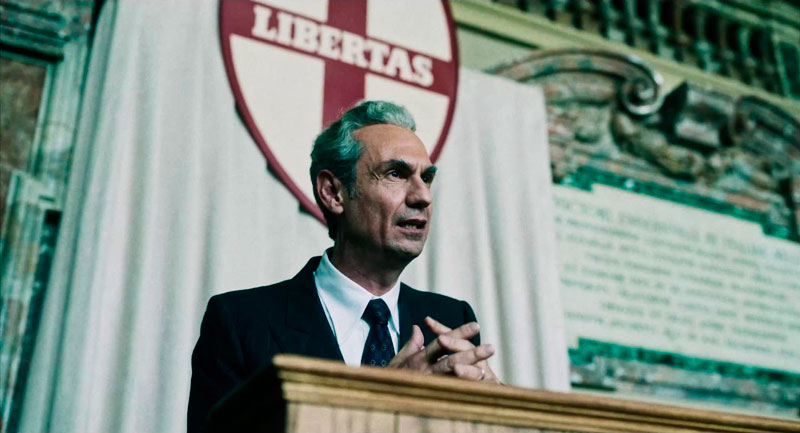
The kidnapping on 16 March 1978 of the two-time Prime Minister of Italy, in the longest term of office since the Second World War and head of Christian Democracy, was that of a tolerant Catholic, a convinced democrat and open to a unity government – which would have returned the CP to the government since 1947 – confronted by his co-religionists and the fear of the American friend and the Soviet enemy, just a few years before the end of the Cold War. His position at the time of his abduction by the Red Brigades at the time of the greatest violent political upheaval in contemporary Italy was extremely delicate and unstable.
And in this sense, we cannot fail to recall Javier Cercas’s Crónica de un instante, an exhaustive investigation of the 23F coup d’état in Spain, for the similarities with the reasons and underground support for an event that was clearly anti-democratic, violent and, of course, illegal, and which, if the rugs are lifted, can reveal secret interests and benefits for all parties, Republicans, monarchists, centrists, right-wingers, communists or socialists, terrorists or American friends, who like Cossiga – who in one of the scenes prepares three letters of resignation depending on the outcome of the Moro case – were prepared for an alternative ending, from the king to the last deputy or civil guard.
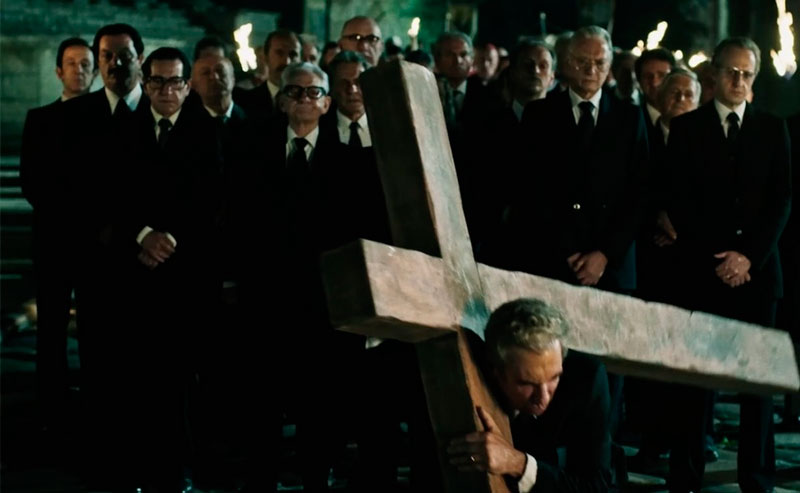
In the opening scene of the film, Aldo Moro tries to convince his party of the desirability of a unity government that includes the communists. And the viewer perceives the speeches, the fake hugs and congratulations as a death sentence. We are shown his best intentions, his gentlemanly ways and the way he addresses his students, even the spontaneous ones who want to break up a class, his tolerance, the depth of his Christian convictions.
But Bellocchio also shows us in Esterno notte the blind spot in Christian Democratic ideology, and its radical difference with Berlinguer, in a secret rendezvous in a car, while their bodyguards wait for them. Moro tells the CP leader that he wonders what they are talking about, because their relaxed and animated talk reveals no differences; what the director is revealing is what Moro does not see, that the subordinates of the two leaders have much in common: their own class and common interests that should not be assimilated to those of their employers. He believes that they are beyond their ideological differences, because they have something else in common, but that something else is precisely ideological, it is the political positioning on the workers side.
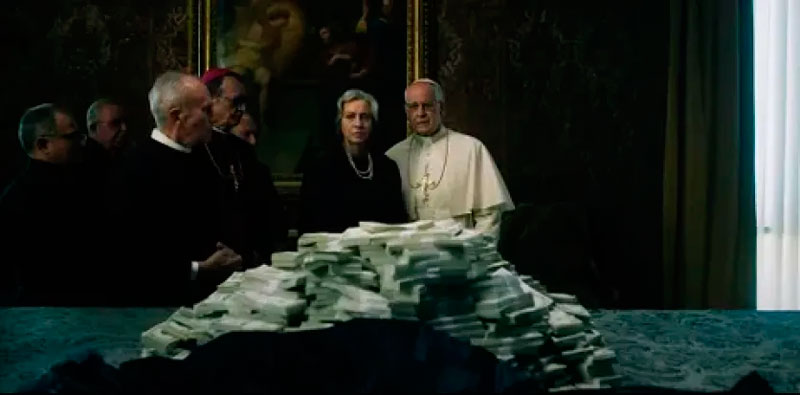
Parallel to this class reflection, we can also situate another: the one that permeates the lives of various characters involved in the Moro case, from politicians to terrorists, and is the internal debate on the cost of pursuing ambitions. The price falls on the personal sphere, the family and the inevitable deterioration of relationships and even of one’s own mental equilibrium, as shown from the Pope to Cossiga, and which Bellocchio attributes to victims and executioners, in a commendable humanistic exercise.
The subtlety of Esterno notte is elegant and never cryptic in a studied balance so as not to leave any spectator out of the picture. Bellocchio chooses images that speak for themselves, as if he were raising his voice, to show what some find hard to believe, although in a few moments he does so à la Sorrentino: the pile of banknotes to pay the ransom, on a large table in the Vatican that a nun repeatedly covers and uncovers, the symbolism of the choice of the cross that Paul VI will carry on the Via Crucis, each one lighter than the last to finally give way to a substitute? And among them, that of the victim, the authentic crucified one, who bears his punishment followed by all his executioners who accompany him (or rather, push him) on his particular, and for some, providential, way of the cross.
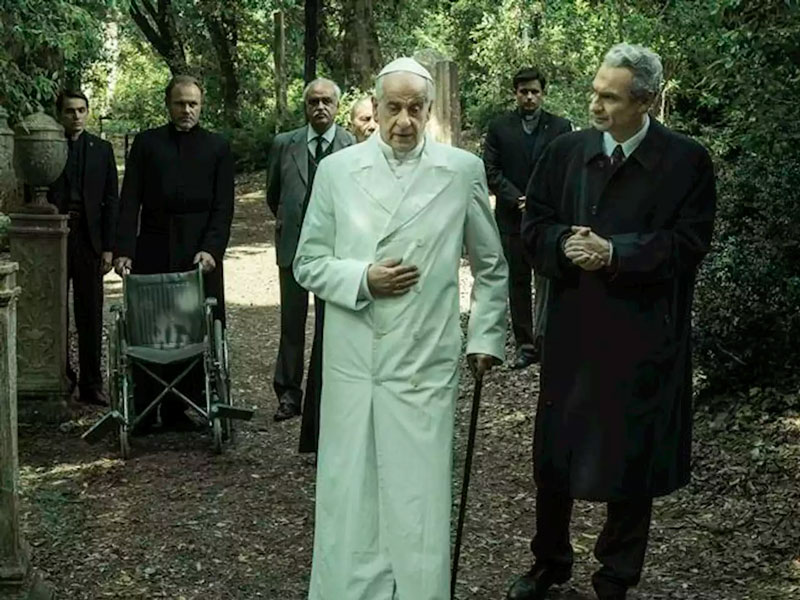
The cynicism, hypocrisy, corruption, ineffectiveness, manipulation of public opinion, the pitiful role of the media, the urgency to selfishly profit from a painful event on a personal and political level, are revealed in a fluid and crescendoing dramatic display, which contrasts with the isolation of Moro (who is not shown in his hideout until the end) and his family, whose only foray outside is to visit the Pope. The dramatic choice not to show the hostage reveals that the focus of interest is precisely in his environment, in the revelation of the cross-interests that benefit from his imprisonment and possible death, demonstrated in the investigation tactics and the actions executed, while the images of an imprisoned Moro would lack that significance that the director always requires, and which in a conventional series would be essential to easily move a viewer, accustomed to being doused with sentimentality.
Fabrizio Gifuni embodies Aldo Moro in Esterno notte in one of the best performances we have seen recently, his character is a personification of a character who is instantly empathetic. His apparent isolation in the terrorist hideout is already foreshadowed by his position in the party and his relationship with his protégé, Francesco Cossiga. Moro’s character will be no better portrayed and his death no better rhapsodised than in this mini-series, which is also a great film.

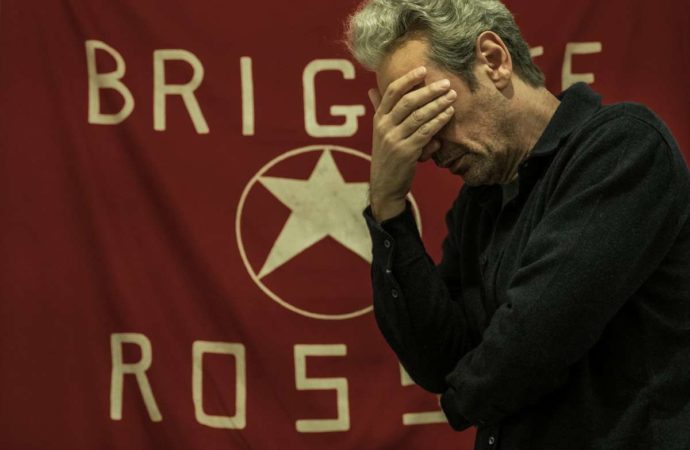

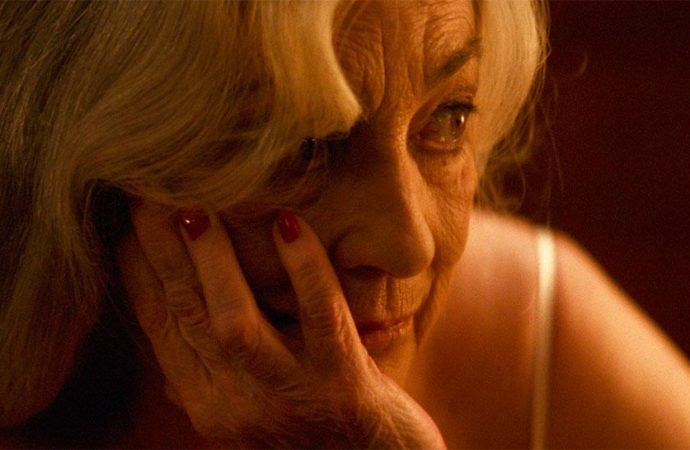

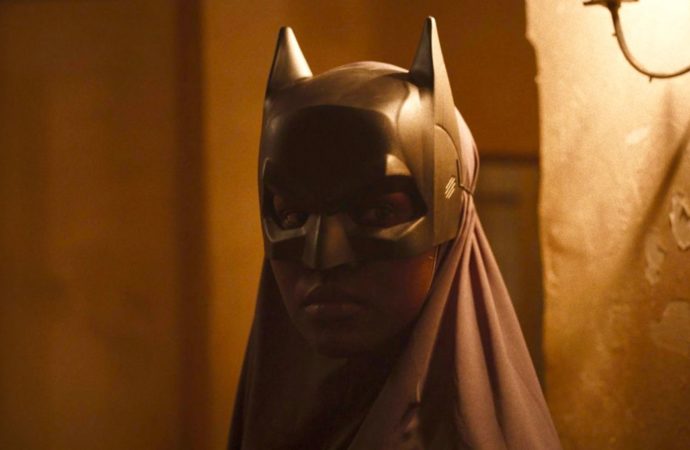
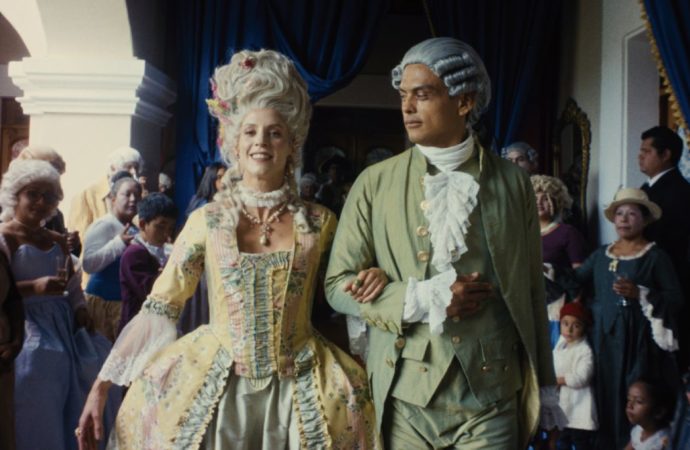


No one has posted any comments yet. Be the first person!